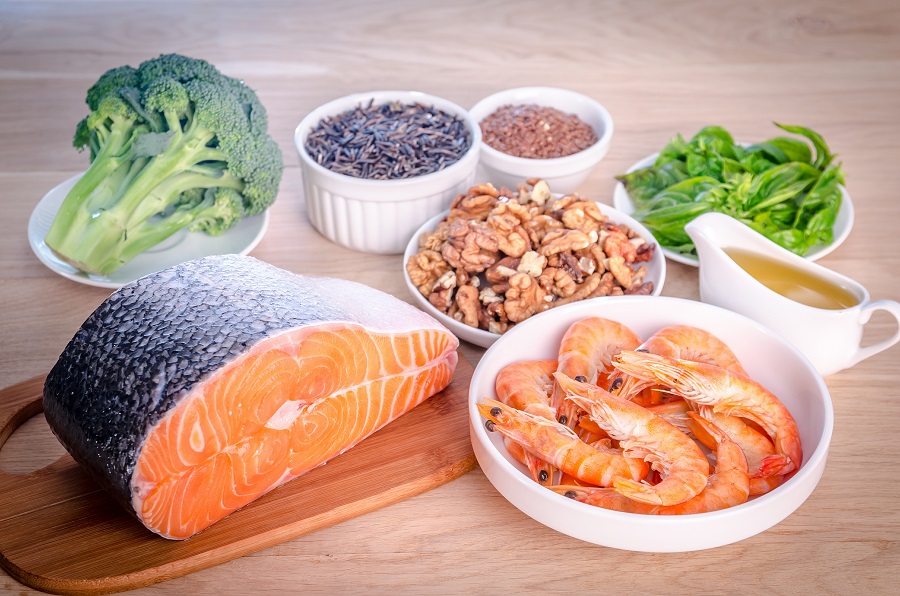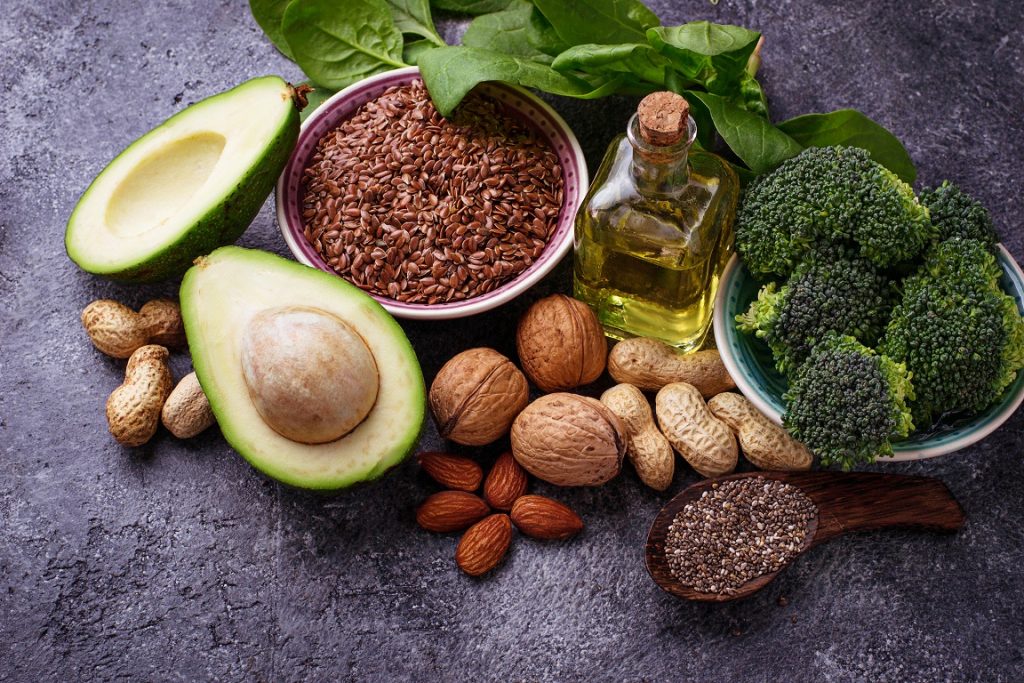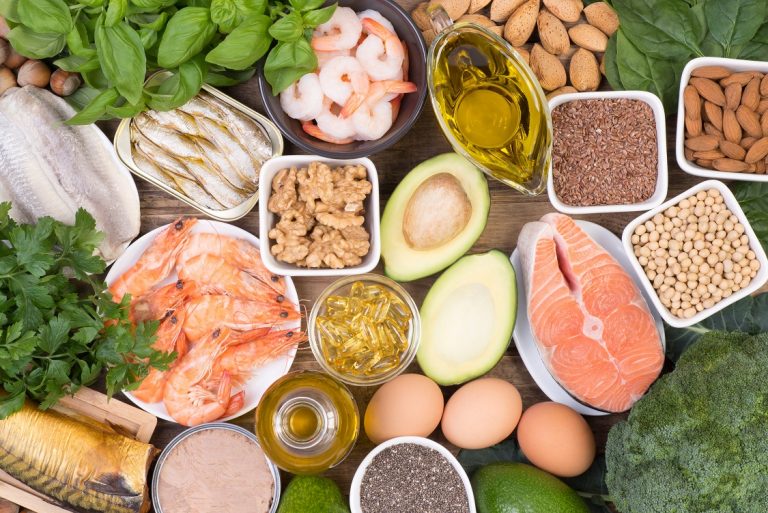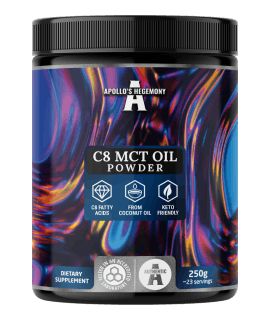The omega diet consists of consuming healthy omega-3 fatty acids, which are found among others in fish, some oils, green vegetables and poultry. Omega-3 fats protect our heart and reduce the risk of cancer, but unbalanced consumption of healthy fats can cause obesity and cardiovascular disease. Check out what a healthy and balanced omega diet looks like.
What is Omega diet?
The omega diet is not a traditional diet, because its goal is not to weight loss or reduction of unnecessary fat, but a change in eating habits, which consists in introducing healthy omega-3 fatty acids to the diet. Weight loss is treated as a natural consequence of changing eating habits. The omega diet focuses on the health benefits that can be achieved by changing the diet plan. Therefore, everyone can use the omega diet, including the elderly and children.
Omega diet - unsaturated fatty acids omega-3, omega-6 and omega-9
Research shows that too many omega-6s are found in the daily diet of many Europeans, while we do not supply enough omega-3. Excess omega-6 in the diet, with a lack of omega-3, weakens the body immune system and makes it more susceptible to inflammation and cancer. Therefore, the omega diet should be formulated in such a way as to provide the body with all types of unsaturated fatty acids in the right proportions.
Food sources of omega-3:
- Fatty salmon
- Tuna
- Halibut
- Sardine
- Mackerel
- Herring
- Trout
- Eggs

Food sources of omega-6:
- Fatty salmon
- Tuna
- Halibut
- Linseed
- Hemp seeds
- Pumpkin seeds
Food sources of omega-9:
- Olives
- Almonds
- Avocados
- Peanuts

Most important sources of Omega 6 and 9 fatty acids
Omega diet - 12 products groups
The basic principle of the omega diet is to provide the body with the right dose of omega-3 fatty acids, which inhibit the activity of cells that initiate many cancers and increase body immunity.
Therefore, a certain amount of food should be consumed from each of the 12 food groups daily. They should fit in traditional 5 meals, 3 main and 2 snacks. In this way, we provide the body with the right amount of nutrients necessary for its proper functioning.
- Fatty fish protein products - preferably sea fish such as mackerel, halibut, lean beef or pork, lean poultry;
- Vegetable oils (cold pressed) - olive oil, rapeseed oil;
- Nuts - A mix of walnuts (50%), hazelnuts (25%) and cashews (25%);
- Pumpkin seed, linseed and sunflower seed;
- Fruits rich in vitamin C - grapefruit, orange, kiwi, mandarins;
- Berries, strawberries, raspberries, black currants;
- Green vegetables - broccoli, spinach, green peas, lettuce;
- Red and yellow vegetables - tomatoes, carrots, corn;
- Legumes - beans, peas, lentils, chickpeas and soybeans;
- Source of carbohydrates products - whole wheat bread, wholemeal pasta;
- Products containing calcium - yoghurt, lean curd;
- Liquids - min. 6 glasses of water a day.
Omega diet - pros and cons
The basic feature of the omega diet is variety, so you can freely compose your meals (of course based on a group of 12 products).
The omega diet is called the anti-cancer diet by many dietitians because it reduces the risk of cancer cells becoming active. It should also be used by people who are struggling with diabetes, hypertension and osteoporosis.
Due to the fact that weight loss is a side effect of the diet and not its goal, you have to wait for a slim figure much longer than with traditional low carb diets.








